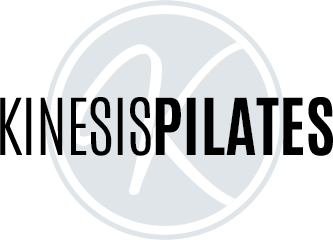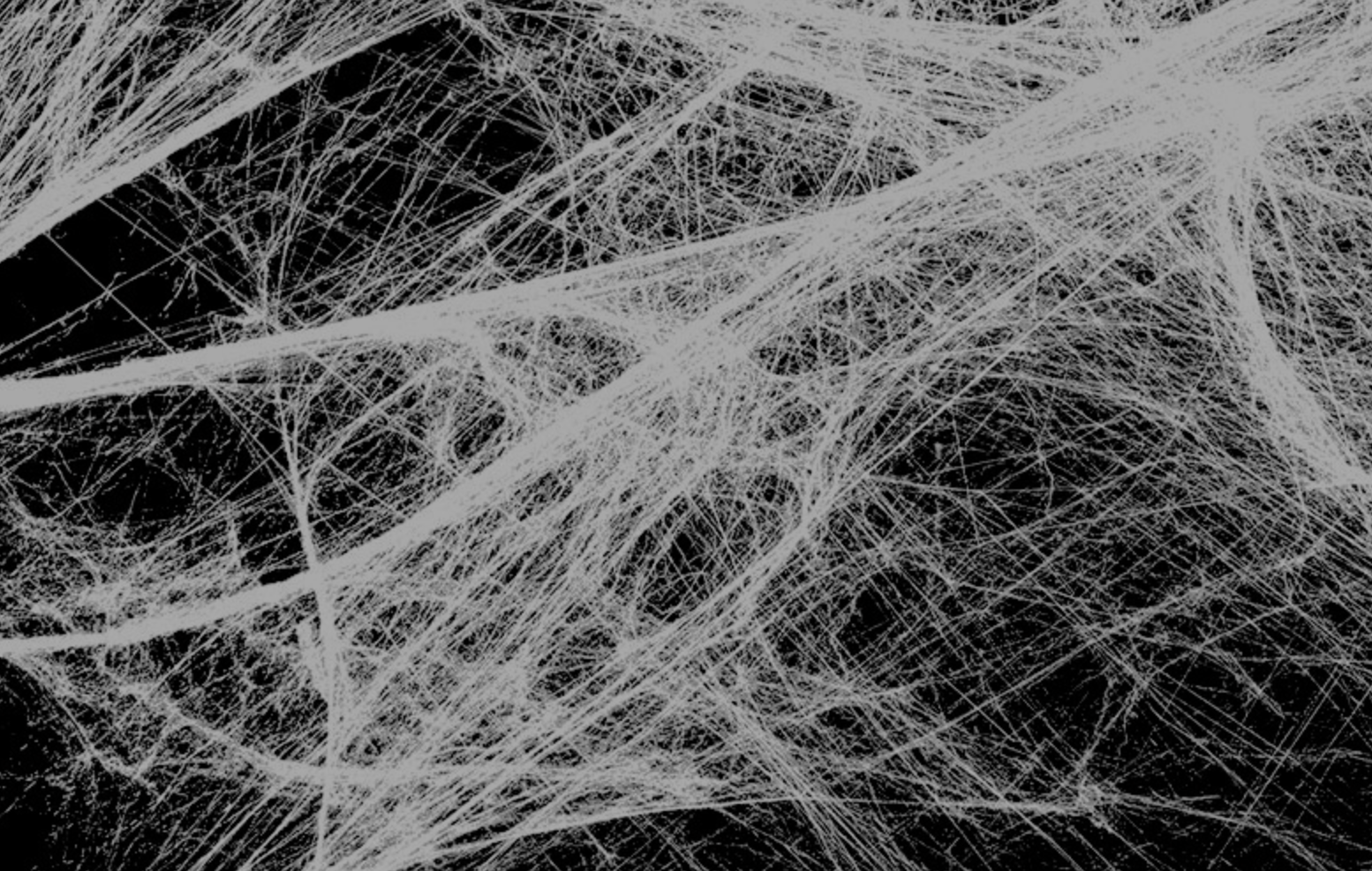When I was in anatomy cadaver labs in the 1990s, we always used our scalpel to cut away these cobwebs of connective tissue to get to the “good stuff” like muscles and organs. It amazes me how quickly science can change. Now the connective tissue that we completely ignored is recognized as having enormous value. In fact, Scientific American named it the interstitium and declared it a “newly discovered” organ in 2018 (source). It’s no longer just connective tissue holding things together, but also a vast and fast communication network, is likely the location of the meridians and channels recognized for thousands of years by healing modalities like Traditional Chinese Medicine and Acupuncture, an area that can transport not only information but also electrons/energy/Chi/Prana/life force, and a tissue that can generate energy that can power other areas of the body like organs. We are starting to understand how it’s so much more than just the glue that holds us all together.
Fascia is a connective tissue primarily composed of collagen with some elastin. It is a web that connects from skin to muscle, from muscles to tendons (which really aren’t isolated connectors of muscle to bone but rather areas where the fascia thickens into a bundle), from tissues into the extracellular matrix where the lymph bathes the cells. Fascinatingly, the tubules of fascia go from the extracellular matrix through cell membrane proteins called integrins, and into the intracellular matrix. Once inside the cell, this network connects to organelles like the nucleus where it affects which genes get transcribed into proteins as well as the mitochondria where it affects energy production and the formation of biowater (biologically active water that can hold a charge and power operations). This is remarkable. What it means is that every cell in your body is connected to this network and paying attention to the information it gathers. The movement of your body and therefore fascia has the potential to be registered by every cell in your body. This is undoubtedly one of the mechanisms by which movement heals.
You’ve got to move it
When you keep all your joints moving well often, this fascia stays healthy. Cells in the matrix called fasciacytes generate hyaluronic acid, the infamous HA in many beauty treatments used to try to plump wrinkles. One HA molecule has the ability to hold onto up to 1600 molecules of water, which means it’s incredibly hydrating and plumping. Nice for your skin and even nicer for your fascia. Hydrated fascia is healthy fascia. So when you move, you stimulate more HA which holds onto more water, which keeps your fascia hydrated.
Immobilized fascia is unhealthy. It is stagnant, potentially adhered if the immobilization is significant, and dehydrated. It doesn’t have water to hold a charge and it can’t communicate as effectively. If you experience stiffness, your fascia is likely dehydrated. When you’re sitting for long periods, your desire to get up and move and stretch is partially to nourish your fascia. This movement also helps pump lymph, since lymphatic vessels are threaded through the fascia. Really a multitude of great things happen when you move!
Another benefit of moving your fascia is that it generates electricity in the connective tissue. And through this tissue, the energy can be sent to where it’s most needed if the network is robust and functioning properly. This is one of the reasons you feel energized by your workouts.
What kind of movement is best for the fascia? Slow and controlled lengthening movements. Not the sudden, fast ones of high intensity, but rather the gentle and intentional ones found in methods like yoga, Tai Chi, and of course, classical Pilates. Slower movements with a focus on breath also calm the nervous system, which will then tolerate greater degrees of length in the fascia than if you’re in a frenzied fight or flight state like in a HIIT class.
Stretch with strength and control
Romana Kryzanowska—who studied with Joseph Pilates, ran the studio when he and Clara passed, and who trained my teachers Amy Taylor Alpers and Rachel Taylor Segel—said Pilates is “stretch with strength and control.” Isn’t that interesting?! Stretch comes first. I feel today we emphasize the strength and control. Think about how many exercises Joe called stretch—Long Stretch, Up Stretch, Down Stretch, Long Back Stretch, Tendon Stretch, Knee Stretches, Thigh Stretch, Spine Stretch, Single Leg Stretch, Double Leg Stretch. That’s more than he called Massage. None are called Strengtheners. If every exercise is about the stretch primarily, it really becomes a fascia-supporting movement method!
Like a cat
Joseph Pilates got inspiration for his movement method from watching cats, especially wild cats on the Isle of Man where he was interned. Have you ever paid attention to what cats do? They stretch, sun themselves, and nap. They don’t do a lot of movements we would consider strengthening. Perhaps there is more potency to stretch and length (and sun!) than we ever imagined.
Hydration
If your body is supplied with high quality water, this fascial stretching and deformation will pull that water into its matrix. Exposure of this water to the right frequencies (like infrared light, of which over 40% of the sun’s rays are) can help this water organize into structured water—sometimes also called Exclusion Zone (EZ) water, or the 4th phase of water, coherent water, or biowater. It is a more gel-like water, with the ability to separate charges where it connects to cell membranes, generating a battery. To learn more about the benefits of sun exposure, read our blog post All the Sunshine You Can Get. The best water you can drink to support this is mineral water, as mineral content helps the water be better absorbed by the cells and is more electrically conductive. Mineral water is also more likely to lack chemicals that damage fascia like glyphosate and fluoride.
Exercise isn’t the only movement that helps fascia hydrate, build biowater, and generate energy. Compression like from laying on a foam roller or receiving a massage or receiving fascial work (rolfing, structural integration, the work of Tom Myers’ Anatomy Trains) can do it too. But exercise gives the added benefit of strengthening your muscles and motor control, so of course that is my recommendation.
Earthing benefits us because of fascia
It is through this fascial network that electrons from earthing travel. The earth has a negative charge and a high supply of electrons. By comparison, we are electron deficient. When you touch the earth with your bare skin, electrons move from higher concentration to lower, or into you. Then via the fascial network, they can travel to wherever you need them most. Read our Return to the Earth blog post to learn more about earthing/grounding.
Consume collagen
Don’t forget that fascia is primarily collagen, so the consumption of high quality protein helps your body have the resources to expand this network (like when you become more flexible) and regenerate it as needed. Animal protein is bioavailable and ready to be used. Protein with collagen (grisly stew meats, bone broth made from bones with cartilage on them) is your best bet. I do not recommend highly processed collagen powders. The more natural and closer to the original source, the better. Remember that the fascia connects to the nuclear DNA and is communicating what’s going on in your environment with it (aka, epigenetics). Do you want that message to be what our DNA has evolved to get for hundreds of thousands of years or some frankenfood alien message?
Tend to Your Tissues
If you take care of your body, it will take care of you. Give it the building blocks and stimulus it needs to thrive, and you will experience more vitality and energy. Move your joints through their full range of motion regularly—daily if possible. Avoid being stationary. If you have surgery, once you’ve healed, work that scar tissue to help it hydrate and behave more normally. Tend to your tissues. Don’t wait until things start breaking down and hurting. Your body will thank you and reward you.






